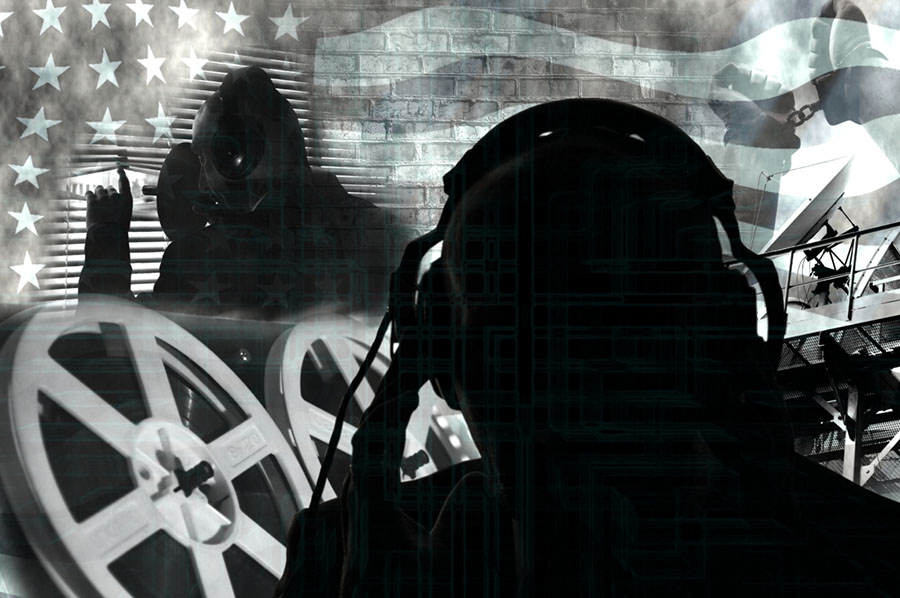
Big Brother Will Hear in an Emergency
Big Brother Will Use Technology to Take Care of Us
If we believe that big brother will protect and serve us with new legislation and technology, we are halfway to the place he wants us to be.
The second step, beyond acceptance, is never to protest or complain after the fact. Big brother wants us under his thumb.
Less than two years ago, the use of Internet and Web connections was being seriously discussed as a method of keeping track of citizens around the world.
Sitting down in a coffee shop that is cleanly connected to wireless and hard-wire communication puts us in a relaxed, but very public position that big brother will use.
Those who doubt the ability of government and private snooping might wish to check into such programs as Place Lab and WiGLE.
With these and other systems, some electronic equipment physically close to a location might also be able to mimic that spot and provide false information about whereabouts in addition to actual location.
This alone opens doors for false evidence based on supposedly reliable technology.
Even the most basic equipment, such as some cell phones, now possess artificial intelligence in that the phone is aware of its location and can be tracked accordingly.
Place Lab, for example, is an easy-to-use software program aimed at providing positioning around the globe, both inside buildings and in the great outdoors.
Tracking Emergency Calls
Some who follow what big brother will do with new technology are concerned about the ability companies have to track and follow cell phone calls in an emergency situation.
For them, the technology opens the door for keeping tabs on individual phone use, if the information falls into the wrong hands.
There must be a defined process for controlling how the information is used.
In the world of cell phones and other electronic devices, those concerned with civil liberties find that, increasingly, there is no place to hide.
From Efficient City Service to Individual Identification
Taking the step from keeping track of essential government services, such as trash pickup, elected leaders seem to be allowing further invasion of privacy.
But the truth is, taking the location chips from city-owned refuse collection equipment and planting them under the skin of individuals is not a government plot, in this case.
Regulars at some U.K. nightspots are volunteering to have ID chips placed in their bodies so that they don’t have to bother with identification cards and cash during their nighttime revelry.
Far from being an intrusion, such as tracking our location through cell phones or Web use, this is a case of citizens allowing tracking devices to be used in the interest of partying.
However, this too is causing a small outcry from those who fear that government agencies and criminals will latch onto the technology to follow an individual and gather information.
These protectors of civil liberties argue that the temptation is already there and big brother will use it without citizens providing the means voluntarily.
But what does it Cost?
Another factor in the disturbing trend toward watching and tracking individuals involves the enormous cost to implement working systems.
A rather simple camera system installed to watch for drivers running red lights might set a local government back half a million dollars in the United States.
Add to this the cost of maintaining the system and paying people to review the videos and the ten-year cost might approach a million dollars. Costs in the U.K. are very similar, according to most reports.
The law-enforcement officials responsible for the traffic cameras, and the government agencies willing to use personal-identification systems, consistently emphasize that the objective is to reassure the law-abiding citizen.
The question remains: Big brother will pay the price, but will we? Learn more of what Debt to Success System reviews.

 My First Amazing Ayahuasca Experience
My First Amazing Ayahuasca Experience  Pine Needle Tea
Pine Needle Tea  The REAL Controllers of Humanity: The Papal Bloodlines
The REAL Controllers of Humanity: The Papal Bloodlines  Is it Global Warming or Cooling?
Is it Global Warming or Cooling?  Gun Rights and Obama Examined
Gun Rights and Obama Examined